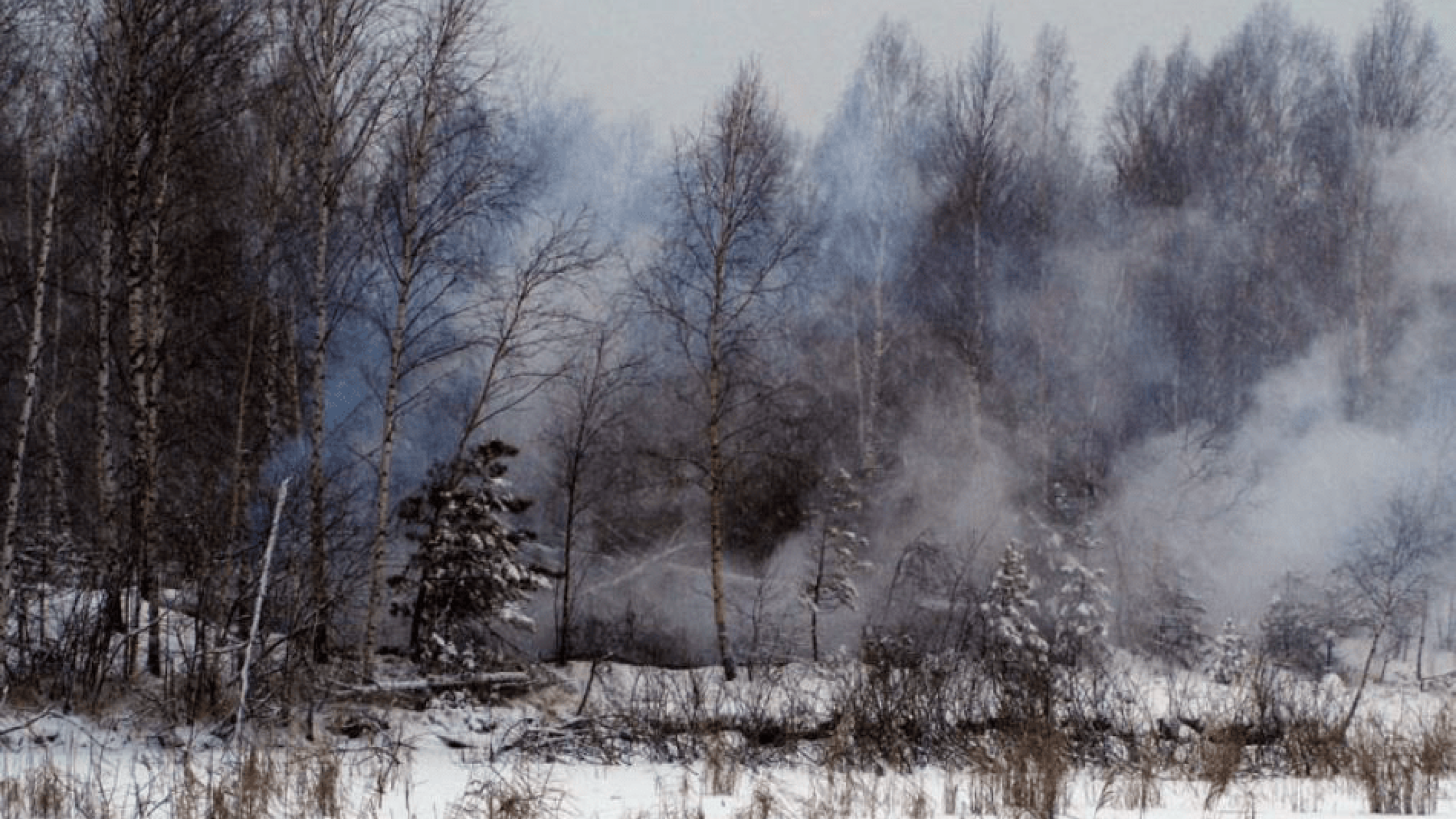
Extreme heating: are we hot enough to act now on climate?
The cautionary tale of the boiling frog describes how a frog that jumps into boiling water will save itself by jumping straight out, but the frog that sits in the water while it gradually gets hotter and hotter will boil to death.
This summer, Europe has sweltered in its hottest ever July since records began, causing multiple deaths, closed offices and disruptions to flights and vital services. Wildfires broke out in the Arctic, with smoke-filled air swirling across an unprecedented area of Arctic wilderness. There is growing public alarm that the world is overheating and increasing frustration at the lack of action to urgently tackle what has become a climate emergency.
“Wildfires in the Arctic can be catastrophic for our climate,” says the UN Environment Programme’s peatlands expert Dianna Kopansky. “When permafrost peatlands thaw, dry out and burn, they release enormous amounts of carbon. Ash particles darken snow causing less sunlight to be reflected into space, and further increase heating. It’s a dangerous feedback mechanism to trigger.”
It’s estimated that the northern hemisphere’s frozen soils and peatlands hold about 1,700 billion tonnes of carbon—four times more than humans have emitted since the industrial revolution, and twice as much as is currently in the atmosphere.
New analysis of extreme hot weather events shows significant climate change—with new peaks and increased frequency of extreme temperature events in the last few decades compared to the pre-industrial era going back over the past 2,000 years.

According to three recent studies, there has never been a period in the last 2,000 years when global temperature changes have been as fast.
Meanwhile, a new study published by Nature predicts that parts of the world will “smash” temperature records every year in the coming century, pushing communities and ecosystems beyond their ability to cope.
Increasing temperatures and life-threatening heatwaves also introduce a secondary threat: increased demand for air conditioning. Farmers who lost herds of livestock and companies who lost multiple days of productivity to extreme heat this June and July will be better prepared next summer. The threat however is that the more we cool, the more we heat the planet. Emissions from air conditioning and refrigeration are expected to rise 90 per cent from 2017 levels by 2050. This increase would result in emission of 12 gigatonnes of carbon dioxide (GtCO2), equivalent to a third of our total emissions in 2017.
While alarm is justified, we do have the means and opportunity to turn down the thermostat, and one of the biggest solutions is the very thing that is going up in flames.
Protecting existing forests and other natural carbon stores such as peatlands, and re-foresting new areas, especially within city spaces, is many times more cost-and-impact-effective than any solution designed in a lab or a factory. While billions of trees have been planted, and the switch to renewable energy in many countries has been impressive, we are still a very long way from stemming global heating, with all its dangerous consequences.
There is plenty that we can do before we must leap out of the water, but the need to #ActNow cannot be ignored.

Climate: the facts
The total annual global greenhouse gas emissions reached 53.5 GtCO2 in 2017—the highest ever recorded, with no signs of peaking, according to UN Environment’s Emissions Gap Report, 2018.
The planet’s average surface temperature has risen by 0.9°C since the late 19th century, caused by increased carbon dioxide and other human-made emissions into the atmosphere. (Source: NASA Global Climate Change)
A 0.9°C increase in global surface temperature is a climate crisis that is threatening life on earth today: Increased frequency and magnitude of extreme weather events, heatwaves and storms, droughts, wildfires and flooding with loss of human life, habitat and biodiversity; changes in the distribution of disease vectors; exacerbation of air pollution and its health impacts; decreases in water supply with impacts on crop yields and food prices; and increases in regional security risks driven by resource scarcity and unpredictability.
Actions of the global community to reduce emissions to date are insufficient: current commitments expressed in the nationally determined contributions are inadequate to bridge the emission gap by 2030, says the Emissions Gap Report.
Doing nothing is not an option: if we do nothing, the financial future cost to protect our homes, cities and people from extreme weather caused by the climate crisis will be more than the size of the world’s current gross domestic product.
The UN Climate Action Summit will take place in New York City on 23 September 2019 to increase ambition and accelerate action on the global climate emergency and support the rapid implementation of the Paris Climate Change Agreement. The 2019 UN Climate Action Summit is hosted by UN Secretary-General António Guterres.
Link to the original article: https://www.unenvironment.org/news-and-stories/story/extreme-heating-are-we-hot-enough-act-now-climate
Read Inger Andersen statement on Amazon wildfires: https://www.unenvironment.org/news-and-stories/statement/statement-inger-andersen-ongoing-fires-amazon-rainforest
For further information, please contact Dianna.kopansky@un.org